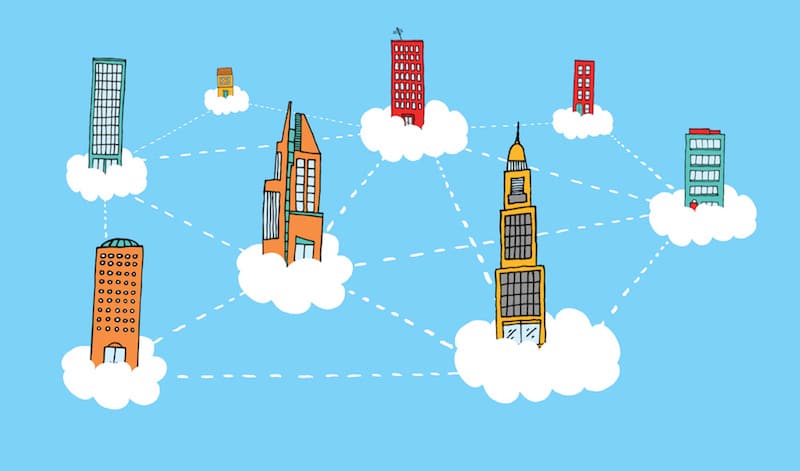If, as we are led to believe, energy efficiency is an essential part of Smart Cities then it is logical to assume that a Smart City should be full of Smart Buildings inter-connected in a smart manner.
However, the reality is that the urban power grid usually only reaches as far into a building as a Smart Meter and building energy efficiency technology remains, for the most part, concerned only with what’s happening within its four walls, not on the grid at large.

“The harmonisation of the energy & buildings markets has begun”, according to our latest report: Smart Buildings Meet the Smart Grid: Markets, Trends & Enabling Technologies 2015 to 2020. “Energy and buildings markets are beginning the tricky process of harmonisation as major global firms look to capitalise on opportunities surrounding smart grids and distributed energy”.
We are only just beginning to see examples of this on a large scale. Utilities are now reaching further into buildings through demand response signals, direct load control and by using new pricing structures. Alternatively, advanced building energy management systems, distributed generation sources and even facility-wide microgrids in addition to virtual power plants are hooking up buildings in ways that make them more responsive to grid operators’ requirements.
These processes need to happen in tandem with Smart City developments in order to create the type of change that smart technology promises. “Buildings in cities have to be re-engineered to save energy before they are considered as Smart Cities”, according to the latest research released by Technavio. “Smart building solutions make a building green, safe, and productive. This, in turn, saves up to 30% of water consumption, 40% of energy consumption, and overall building maintenance costs by 10-20% annually”, say Technavio.
Smart buildings also help reduce carbon footprint and boost efficiencies with the help of intelligent systems that control building operations. Cisco offers the Cisco Smart Connected Buildings technology to control building operations through IP networking solutions designed to reduce energy consumption. Many similar products will inevitably be introduced into the market in the coming years.
Memoori has long tracked the market for Building Energy Control Systems (BECS) as part of our specialisation in market intelligence for smart buildings. Our latest analysis indicates that the market for BECS (excluding software) will grow at around 6% per annum from $23.5Bn in the last year to $31.5 Bn in 2020. Overall estimates for Energy Software in Smart Buildings came in at $6.35Bn in 2015, and we expect this value to rise to just under $9.8Bn by 2020, representing a healthy CAGR of 9% per annum.
Presently, the situation isn’t nearly at the stage to speak about anything resembling a seamless integration of grids and buildings on a wide scale. However the potential rewards of such integration are sure to drive the market in this direction, and we have already seen the smart building-smart grid nexus attracting software start-ups, energy equipment and services giants, and government-funded pilot projects; all with their own approaches to bridging the divide.
[contact-form-7 id="3204" title="memoori-newsletter"]
“There is an almost perfect case for interfacing smart buildings with smart grid because all the stakeholders win. It will require minimum technical and commercial risk and decades of latent potential business is stacked up waiting to be converted”, stated Allan McHale in an article for Electric and Light Power. “It does not require fast sums of money to bring it about and the likely slowing down of the development of smart grid because of the present poor economic conditions and lack of finance will push more investment in the direction of this easy win” he said.
Despite this attractive scenario, we will continue to see a lack of common standards and cyber security concerns continue to encumber market growth. “Energy and buildings executives commonly citing these two factors as the key challenges to effective smart energy solution implementation and improved integration between smart grids and smart buildings”, another finding from our new report.Buildings make a City, and grid connected Smart Buildings make a Smart City. If we are to see our transition into a smart urban world we must develop Smart Buildings alongside the grid in Smart Cities, and crucially focus on the interconnection between the two.



